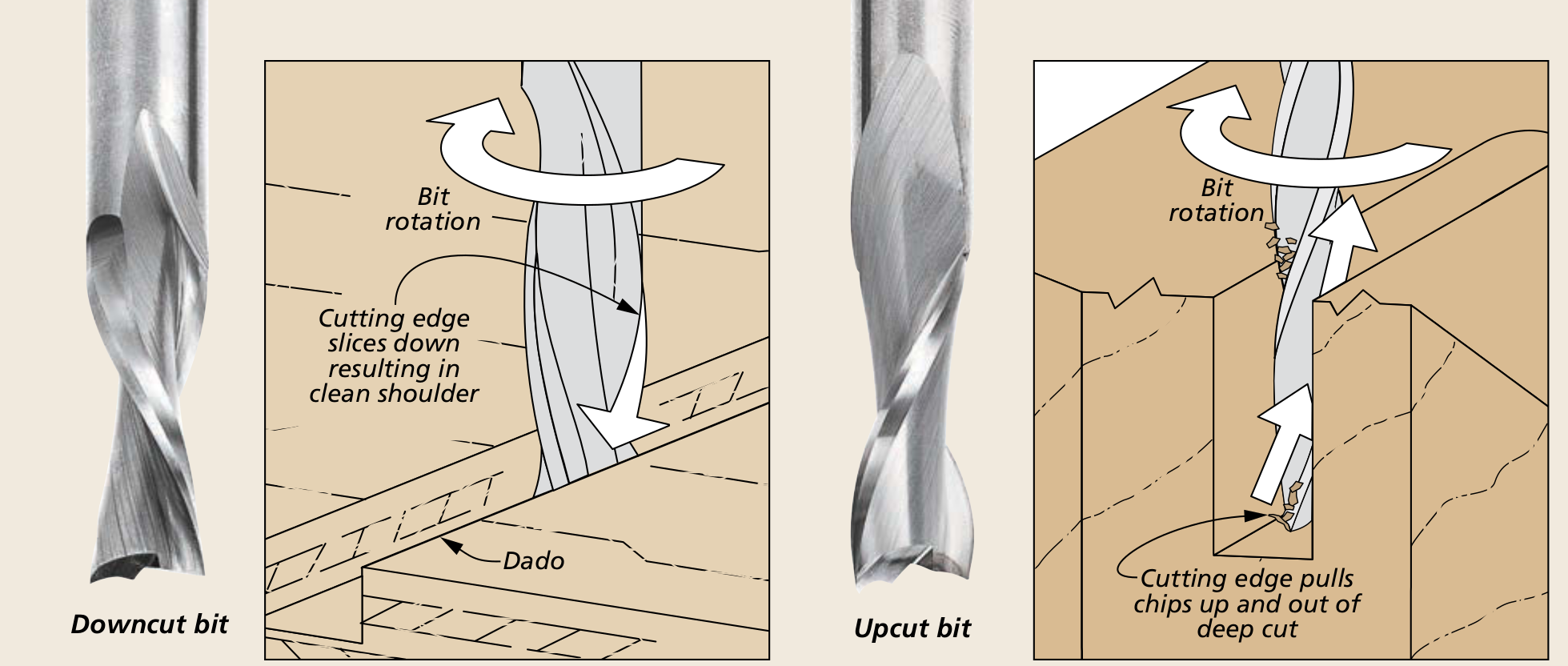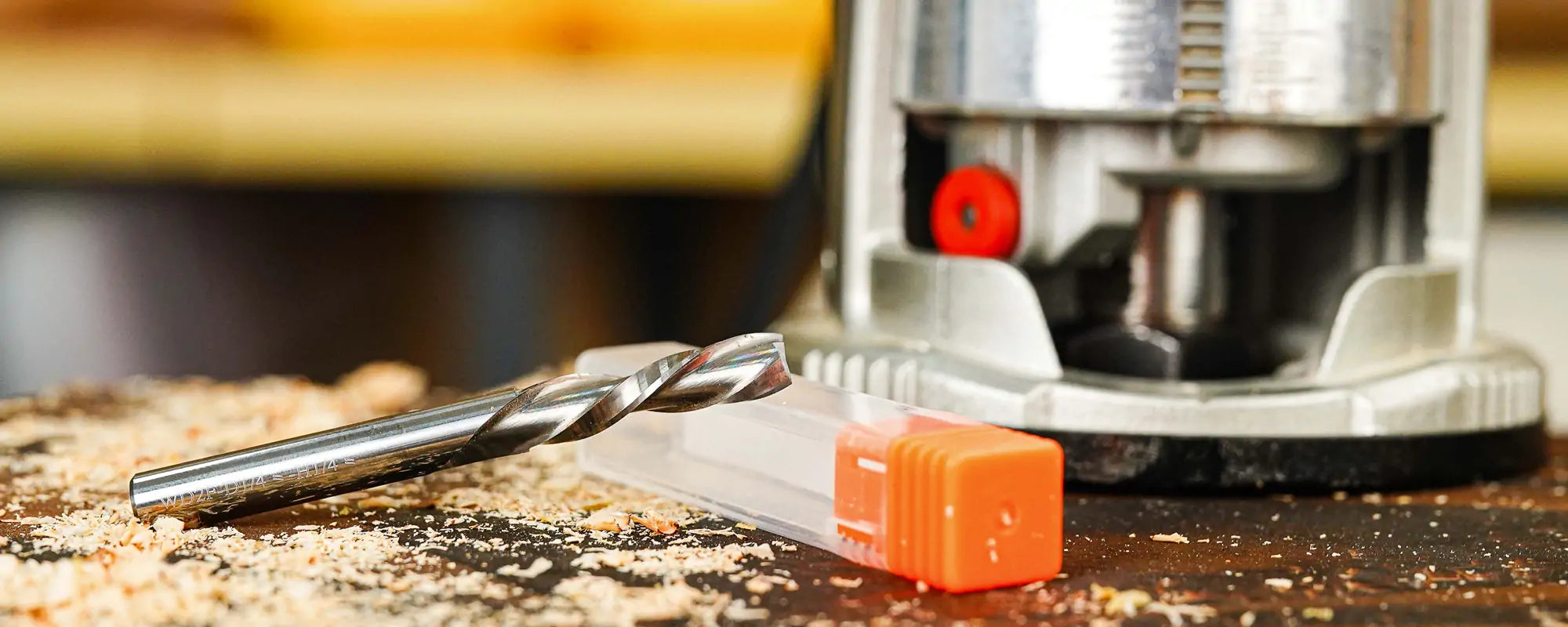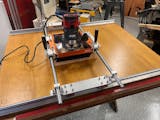Finally started a project where I could use the 24” panel clamps. They are a game changer. Will be ordering some 36” clamps in the near future!
They are great. Keeps wood aligned and very easy to clean glue off rails.
These are very handy for glue ups. Well made and will be put to good use.
Excellent qualité qui dépasse les attentes
Purchased this base to make a router sled. It was made of thick aluminum supports with a good design. Was impressed how it turned out and have used in for various flatting projects. Great purchase.







2 comments
Tom Turner
What does the term CHIPLOAD mean?
What does the term CHIPLOAD mean?
David McKee
Can compression bits be used when doing profile/pocket cuts.
Can compression bits be used when doing profile/pocket cuts.